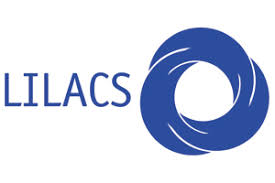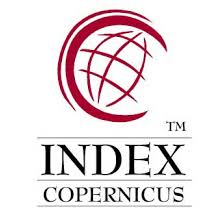Authors
Abstract
ABSTRACT
The well-being of people located in a territory (a country, a city, a town) is intimately bound to the capacity of goods and environmental services available. Knowing the population's requirements and the capacity of the available space for the satisfaction of their necessities is fundamental to guarantee environmental sustainability. Ecological Economy allows us, by calculating the Ecological Footprint EF and Biocapacity BC, to estimate the environmental deficit of the territory. Although at a global level the practical utility of these indicators for decision—making is limited, in the national, regional or local environments, they are useful instruments for decision—making in environmental planning and management; since they offer elements for the planning of land use, in aspects related to the provision of food, energy, water, housing and disposition of wastes of a city, like Manizales. This text presents in the first part, the calculation of Manizales’ Ecological Footprint and Caldas’ Biocapacity BC. In second place, the city’s environmental deficit is considered. And finally, policies to improve the territorial management of Caldas and the well-being of Manizales’ population are proposed in order to guarantee the environmental sustainability in the region.
References
Alcaldía de Manizales. (2005). Proyecto Plan de Desarrollo 2005 – 2007. ESAP Mesas de Trabajo.
Alcaldía de Manizales. (2004). Planes de Desarrollo 1995 – 1997. 2000 – 2003 - Plan de Inversión social Manizales 2004.
FEDERACAFE. (2002). Gerencia Financiera y de Investigaciones Económicas. Censo Agrocafetero 2001.
FENAVI. (2005). Informe anual producción exportación y consumo de pollo y huevos.
Gachet Otañez, Iván Francisco. (2002). La huella ecológica: teoría y método y tres aplicaciones al análisis económico.
Gobernación de Caldas. (1996). Carta Estadística. Imprenta Departamental. Manizales. Ediciones Abya-yala. Quito (Ecuador).
Ministerio de Agricultura. Gobernación de Caldas. (1987). Atlas de Caldas. Imprenta Departamental. Manizales (Colombia).
Rees, William E. (1996b). “Indicadores territoriales de sustentabilidad”. En: Ecología Política. Núm. 12. Barcelona, pp. 27-41.
Molina Poveda, Yolanda y Yepes Pérez, Fabio. (1999ª). “La huella ecológica: indicador de sustentabilidad en la planificación ambiental de cuencas hidrográficas”. En Naturaleza y Sociedad. Núm. 2. Ibagué (Colombia),
pp. 47-77.
Relea Ginés, Ferrán. “Aproximación de la Huella Ecológica de Barcelona”. Resumen de los cálculos y reflexiones sobre los resultados. www.bcn.es/mediambient/cas/down/masu6_1.pdf.
Wackernagel, Mathis. (1996b). “Ciudades sostenibles”. En Ecología Política. Núm. 12. Barcelona, pp. 43-50.
Wackernagel, Mathis and Rees, WilliamE. (1995). Our Ecological footprint: Reducing Human Impact on the earth. Gabriola Island, BC and Philadelphia, PA. New Society Publishers. www.cfnavarra.es/medioambiente/agenda/Huella/EcoSos.htm


 PDF (Español)
PDF (Español)
 FLIP
FLIP























